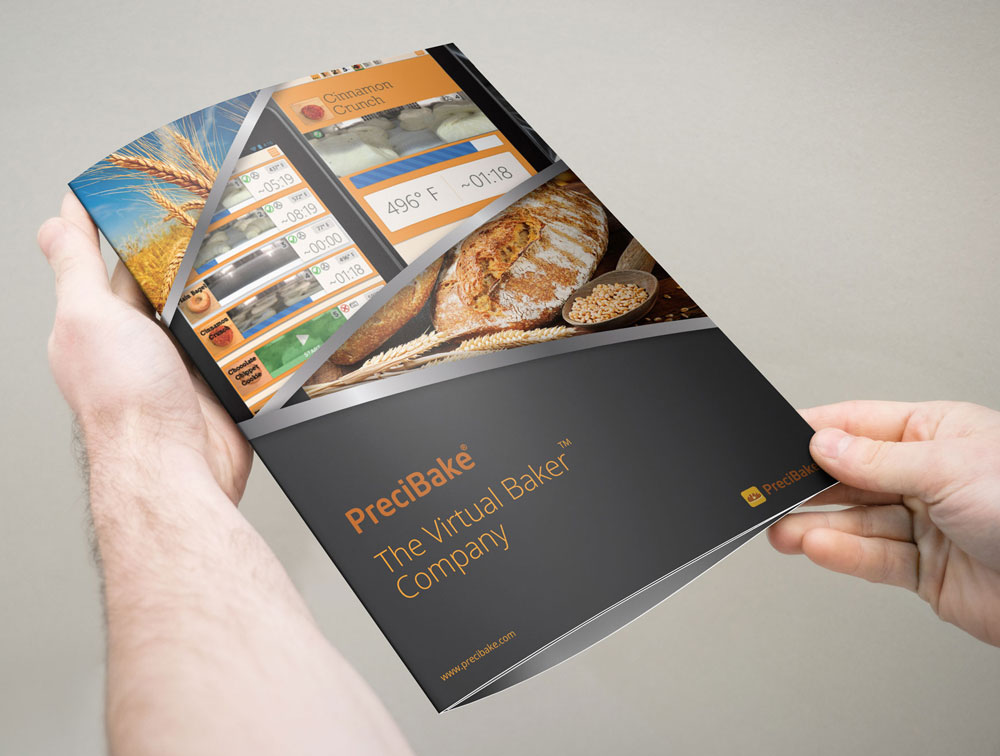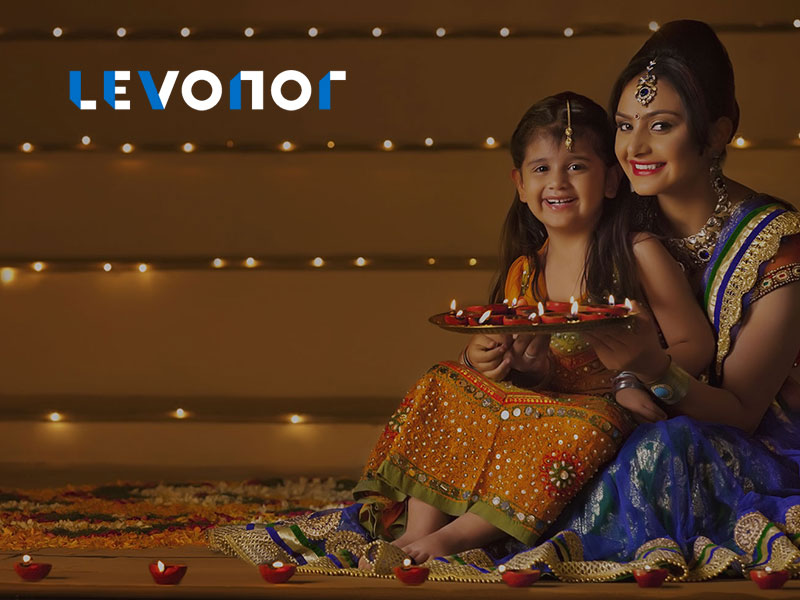Spellbrand Blog
How to Gain Brand Ambassadors for Your Apparel Brand

The challenges of the fashion industry are many. Consumers can be fickle, and increasingly, they hold the power. Malls aren’t what they once were, and vying for consumer attention can seem like a full-time job. Moreover, with more competition than ever before, securing and nurturing brand awareness and brand loyalty is difficult.
There’s no doubt that apparel brands today need that special something that sets them apart. Fortunately, there are many techniques that you can employ right now to give you that edge. With these tools in your kit, you can begin forging relationships with valuable brand ambassadors who will shout your praises from the rooftops, often for free.
10 APPAREL BRANDING & MARKETING TECHNIQUES THAT WORK
Apparel does have an advantage over other products: it’s especially visible, and it is required for the social activities that humans engage in every day of their lives. By focusing on the positive aspects of those social activities, you can put your brand out there in a big way.
As you may have guessed, these techniques leverage our social natures and our eagerness to talk about things we like.
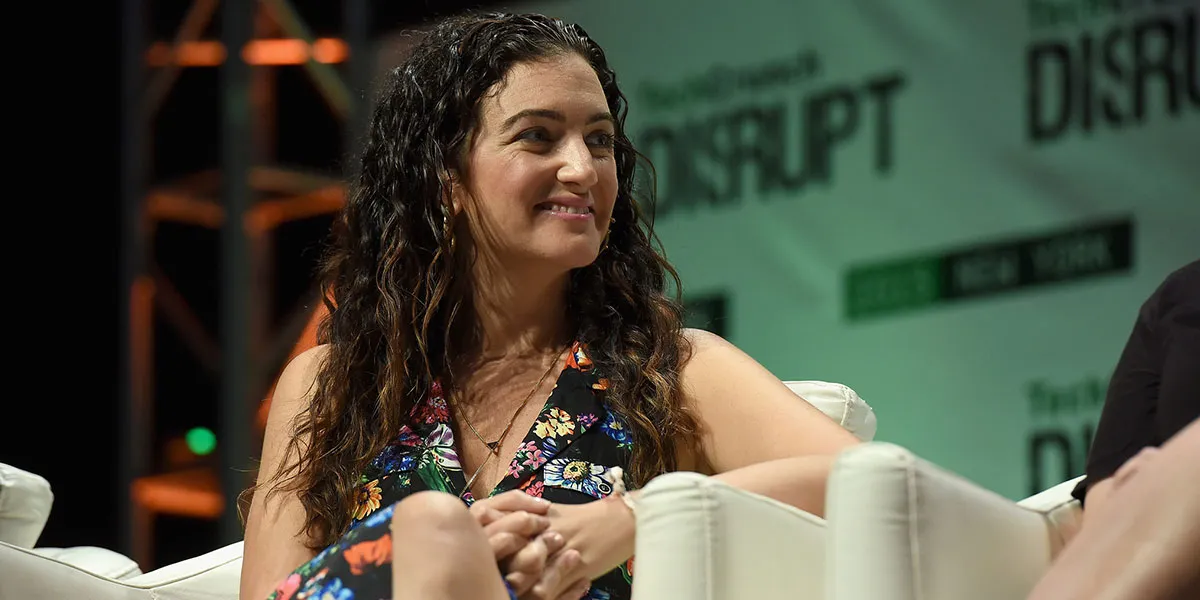
Co-Founder and Chief Executive Officer of Rent the Runway, Jennifer Hyman speaks onstage during TechCrunch Disrupt NY 2015. (Source)
#1 RENT THE RUNWAY – BE AN INTENTIONAL DISRUPTOR
Like Uber, Airbnb and SpaceX, Rent the Runway will be remembered as a disruptor-an entity that came along and shook things up in a big way.
The fashion industry is worth trillions of dollars and has enjoyed a relatively stable existence. But that all changed when co-founder Jennifer Hyman realized that what consumers really hungered for was an experience.
It was Hyman’s insight that consumers cared less about the dress hanging in their closet than they did about the story they’ll end up with after the party. It’s the experience that the consumer is after-the memory.
Rent the Runway is a subscription service that empowers consumers to rent high-end clothes and designer dresses. This allows consumers to unlock experiences they may not otherwise be able to have at least, not as often.
A basic tenant of growth hacking is to be a disruptor. If you can take a stable industry and turn it on its ear while providing a quality product, you will make waves. Then it’s just a matter of capitalizing on the goodwill you’ve built.
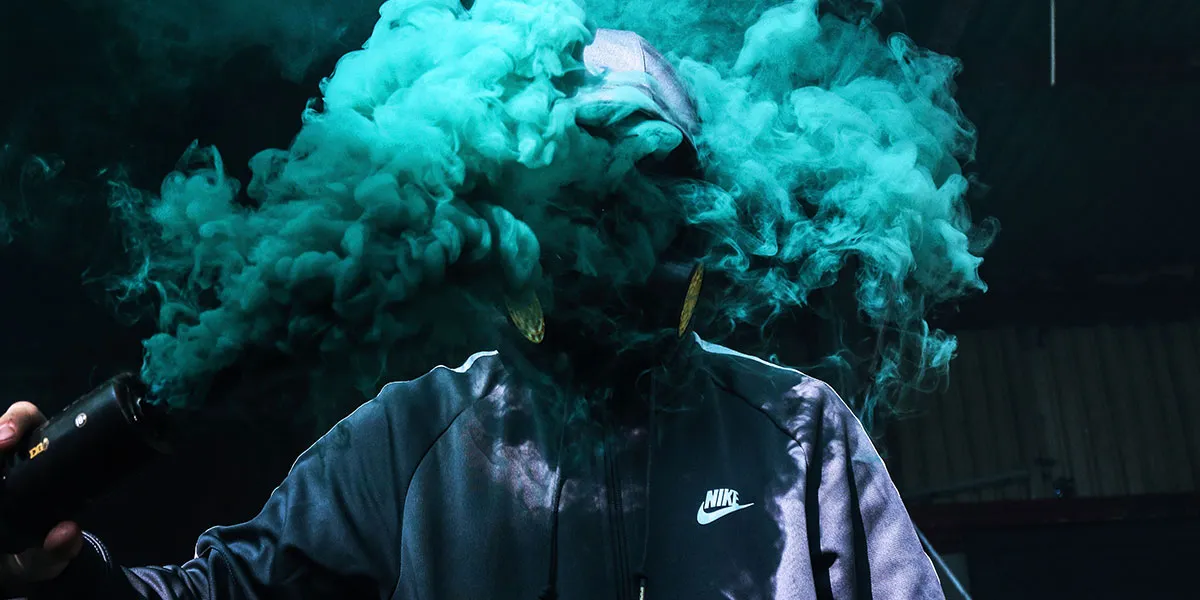
#2 NIKE – UTILIZE EMOTIONAL STORYTELLING
Nike has had many imitators over the years, yet they consistently command over 40% of the American athletic footwear market and over 90% of the basketball footwear market. This stellar success can’t be a happy accident, so let’s take a moment to look at their marketing strategy, much of which was directed by former CEO Phil Knight. You can read about the full analysis by clicking this link.
Emotional storytelling is central to their marketing messages.
Nike’s campaigns are effective because they succeed in associating their brand with positive emotions. The brand’s advertising campaigns tug at the heartstrings.
Watch the following Nike ads on YouTube if you need a refresher:
• I Am Not A Role Model (1993) – Source: Charles Barkley, the retired professional basketball player who established himself as one of the National Basketball Association’s most dominant power forwards, tells parents to step up and become role models and prevent their children from simply looking up to sports stars as role models while their parents simply go about life not thinking about how their behaviors may be effecting their children. A very powerful message since just because someone can dunk a basketball, it doesn’t make them a role model!
• If You Let Me Play (1995) – Source: A powerful and evocative advert for its times shows a variety of little girls asking to let them play and how the various problems plaguing the female gender would be solved or prevented by playing sports.
• Failure (1997) – Source: A beautiful advert showing Michael Jordon at the peak of his fame talk about how he missed over 9,000 shots in his career, lost over 300 games and missed 26 game winning shots! He then ends the advert saying that he has failed again and again and that is why he succeeded. You see why the Nike brand is a BRAND!
• Tiger Juggling (1999) – Source: A simple advert with no dialogs or voice over shows Tiger Woods juggling a golf ball on his club while samba music plays in the background. Tiger ends the advert swinging and hitting the ball.
• Courage (2008) – Source: Nike launched ‘Courage’, a branding campaign associated with the Beijing Olympics, linking the Human Race running event (August 31), the new Hyperdunk basketball sneaker, and twenty years of the ‘Just Do It’ campaign. The Courage commercial charts key moments from Nike’s sporting history, including Michael Jordan embracing the NBA Championship trophy, Julie Moss crawling over the finish line in 1982, cyclist Lance Armstrong triumphing in his battle with cancer. The backing track is “All These Things That I’ve Done”, by The Killers. “I’ve got soul but I’m not a soldier”. (Source)
• Find Your Greatness (2012) – Source: A minute-long advert of an obese boy running slowing towards the camera with a voiceover which narrates: “Greatness it’s just something we made up. Somehow we come to believe that greatness is a gift reserved for a chosen few for prodigies, for superstars, and the rest of us can only stand by watching. You can forget that. Greatness is not some rare DNA strand. It’s not some precious thing. Greatness is no more unique to us than breathing. We are all capable of it, all of us.” and more.
• Worth The Wait (2016) – Source: A tense commercial honoring Cleveland fans both young and old watching a basketball game in progress and their reactions, a tribute to the Cleveland Cavaliers and the loyal fans who saw the team through their first NBA Championship.
Nike’s campaigns are often shared on social media because they utilize evocative imagery, storytelling, and inspirational messages. By utilizing this strategy, the company is making the most of their advertising budget by ensuring that they get a healthy dose of word of mouth advertising as well.
It wasn’t enough for Nike that they had the best designs, and simply telling consumers about them wouldn’t have been enough either. But they successfully merged their quality product with positive emotions, and that keeps them top of mind when it comes time to gear up.
You may not be able to afford marketing on the scale they can, but you can strive to incorporate emotional storytelling into your ads. Win over the hearts and minds of consumers and you’ll earn fans for life.
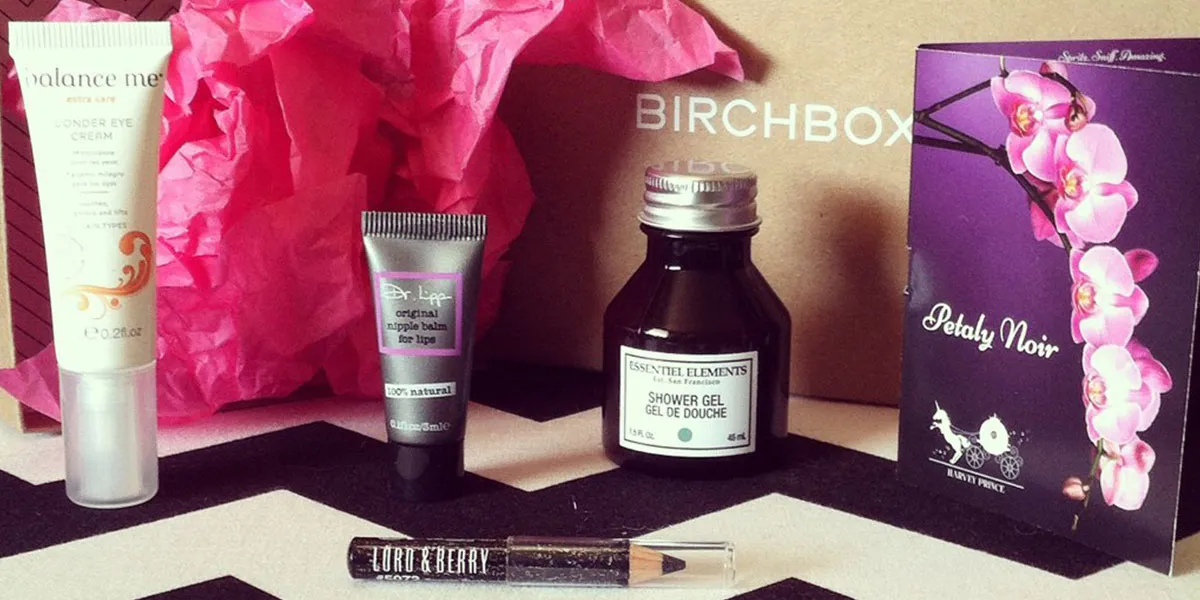
#3 BIRCHBOX – BUILD AN INTUITIVE REFERRAL SYSTEM
Birtchbox is a monthly subscription service that sends consumers beauty and cosmetic products. If you want to see what a successful referral program looks like in the beauty or apparel space, look no further than Birchbox. Founders Katia Beauchamp and Hayley Barn grew the brand organically rather than spending a small fortune on brute force advertising.
The company’s referral program was designed from the ground up to be user-friendly, requiring the least amount of effort possible from consumers. The system made it easy for users to reap huge benefits and spread the word about the company at the same time.
All customers had to do was sign up for the program and receive their first box. The system would then send them gentle reminders to show the box to their friends and spread the word. Every time a program member referred a friend, they got 50 referral points. This translated into $5 off their next order.
By setting up your own referral program, you can turn your biggest fans into passionate brand ambassadors. This sort of grassroots campaign can really cut down on marketing costs later on.

#4 CONVERSE – BE BIGGER THAN THE BOTTOM LINE
This is another way of saying, ‘Give back.’ Look at Converse Rubber Tracks, a free record studio in Brooklyn, NY. Any artist, working in any genre, can apply for free studio time. Converse doesn’t claim ownership of any of the work produced, and they don’t take a cut of the profit if a song should become a hit. Nor do they ask artists to promote their shoes.
But here’s the thing: at least 10 percent of the artists using the studio will have some kind of following, and at least 1% will find some level of success. This is just law of averages.
Do you think those artists are going to mention to their fans just how grateful they are to converse? We think so. Are those fans more likely to remember Converse when they need new gear? Yep.
#5 H&M – UTILIZE INCLUSIVE ADVERTISING
The world is becoming a smaller place, and the goal of social initiatives around the world is to see society become more inclusive, not less so. Savvy apparel brands that want to appeal to Millennials know this.
Take a look at H&M’s 2015 campaign entitled Close The Loop.
After a full minute of conveying the message that they’re hip, new, fresh and inclusive, they end with the slogan, ‘There are no rules in fashion.’
But note what they do next. After grabbing their target customer’s attention, after gaining their approval, they swerve at the last second to deliver the real message: Recycle your clothes.
What they’re doing here is taking two parallel ideas and establishing that they’re both worthwhile.
• Being inclusive is good
• Recycling is good.
Then they’re grafting that goodness onto their own brand by way of association. The final result is: H&M is good. It’s a memorable, effective campaign that propelled them into the collective consciousness of their target audience.

#6 LULULEMON – BE A HUB
Typically, if you want to participate in social activities, clothes are required. They’re inexorably linked to everything we do in public. Therefore, it stands to reason that clothing brands should be very visible and very active in the community.
Lululemon takes this to heart by offering free fitness and yoga classes in some of their stores. By doing so, they become a hub of activity around the type of merchandise they sell: yoga clothes, running gear, etc.
They’re building goodwill with consumers and establishing authority in their niche.
They’re becoming more than just an apparel company: they’re an organization that actively supports the fitness goals of their customers. You can bet that by doing so they’re building relationships with powerful brand ambassadors who help them drum up word of mouth advertising.
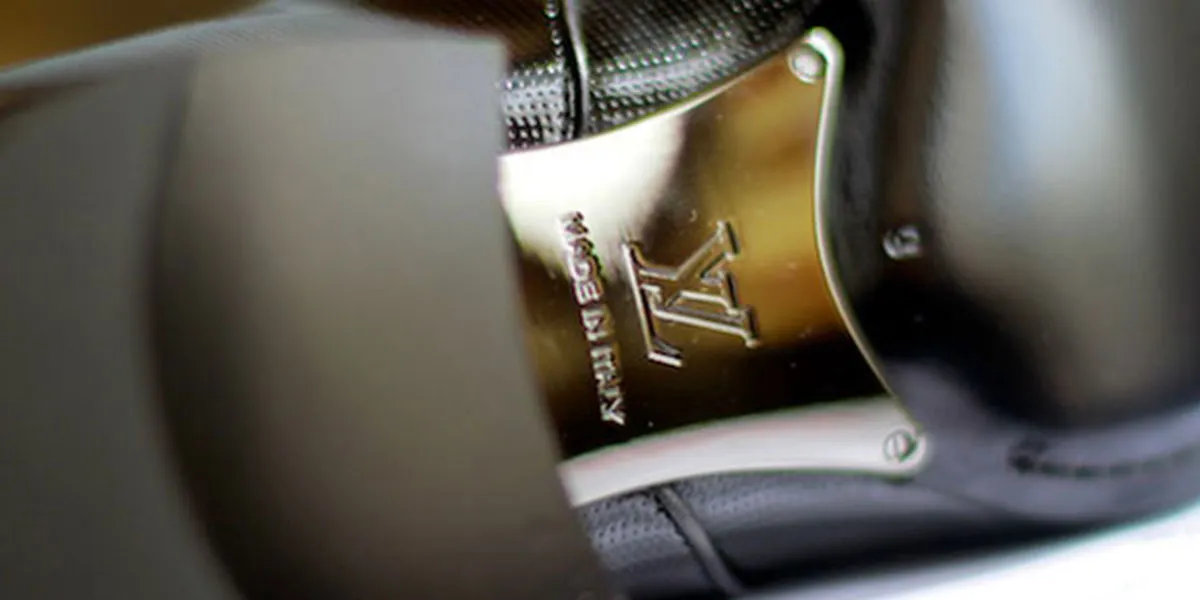
#7 LOUIS VUITTON – BE EXCLUSIVE
Exclusivity is one of the best ways to build an awakened brand quickly. Louis Vuitton understands this. Some of their items are available to purchase online once, in limited quantities, and then they’re gone forever. Such was the case with several items in their 2017 show.
Having the confidence to build that kind of scarcity into your products sends a strong message.
The main benefit of creating scarcity is that it makes your products more desirable. People want most what they think they can’t have.

#8 MODCLOTH – BUILD THE BEST BLOG
What type of apparel do you produce? Whatever it is, make sure you have the best blog in the space. Whether you aim to create how-to guides or just want to entertain, do whatever you must to ensure yours is the stand out reading.
To see what this looks like in action, check out the Modcloth blog.
A refreshing look at vintage fashion, the ModCloth blog makes it easy for fans and customers to stay up to date on the latest trends.
By creating a vibrant, useful blog, you demonstrate to customers that you’re part of the community that you’re about more than making money.
Yes, their blog does contain affiliate links. But the authors don’t take pains to draw attention to these links. They’re organic and appropriate. It’s a win-win for ModCloth and for their fans.
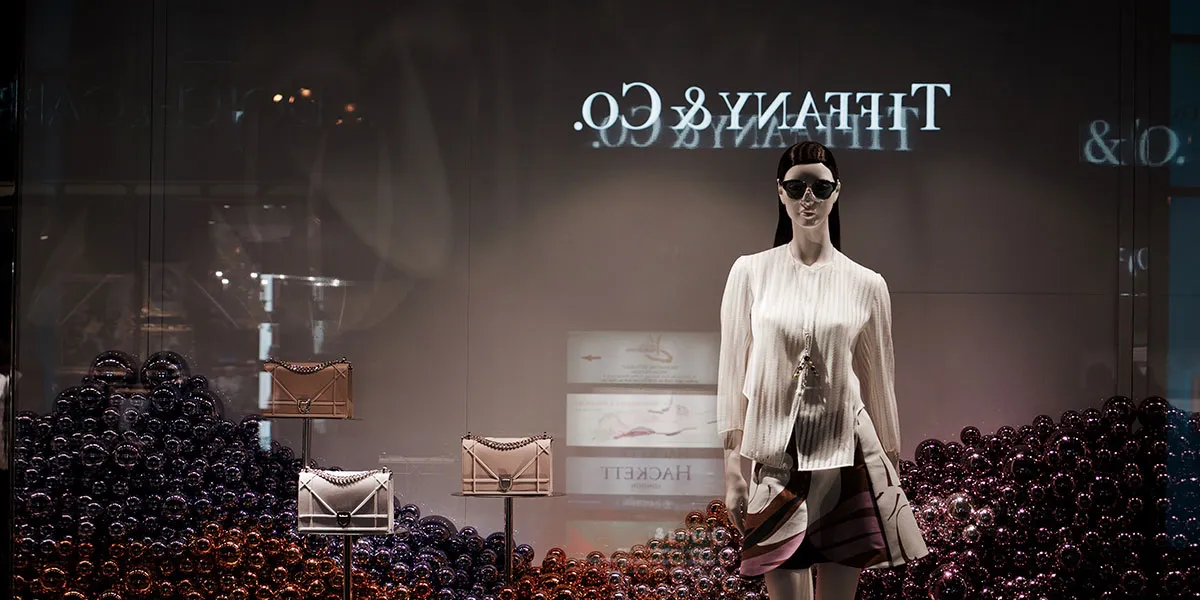
#9 TIFFANY & CO. – EMBRACE SOCIAL MEDIA & USE IT WISELY
Social media isn’t going anywhere. If anything, it will become even harder to ignore. The world is intimately connected, and ideas, thoughts, and opinions travel at the speed of light.
If you lean into this, you can come out way ahead.
Just look at Tiffany & Co. The firm is often cited as an example of effective use of social media. They don’t just view their social media presence as a channel through which to broadcast marketing messages. On the contrary, they use their social media presence as an avenue through which they can interact with their loyal customers.
And their customers reward them for the effort. In 2015, the company developed their now famous engagement ring finder app. The app allowed users to choose a ring style and carat weight. Consumers could then take a ‘hand-selfie’ to see how the ring might look on them.
But instead of bleating about how great their app was on social media a message that many consumers have learned to ignore the company simply released it to brand ambassadors and influencers and let them do the rest.
The result? The word about the app spread like wildfire, and the company saw a healthy 20% increase in sales.
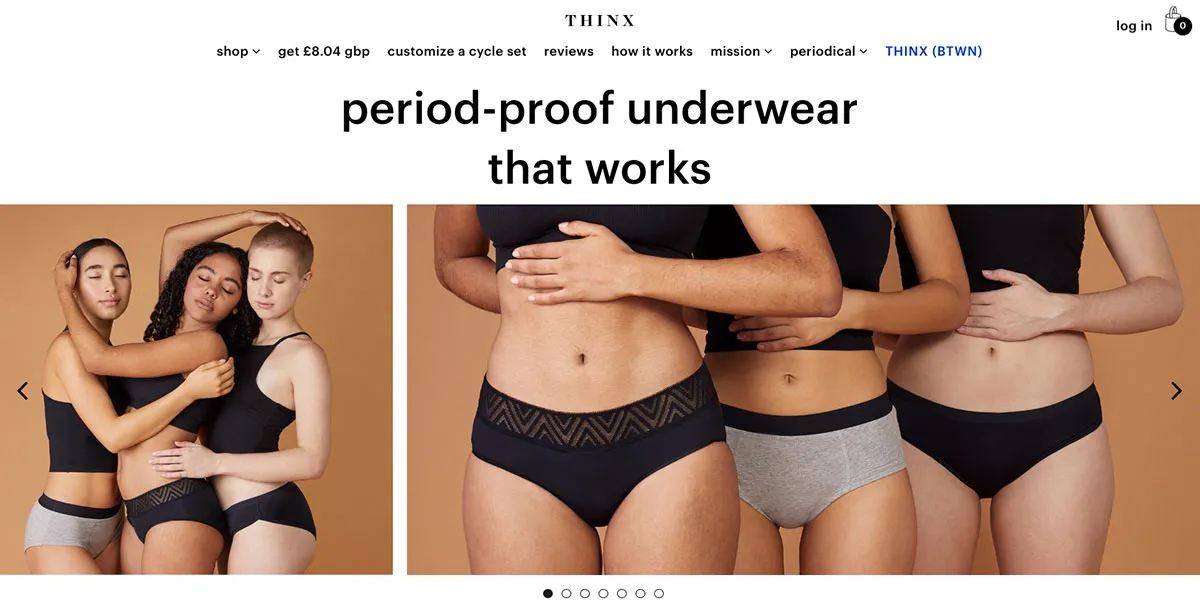
#10 THINX – BE A CAUSE
THINX, founded by Antonia Dunbar, Radha Agrawal, and Miki Agrawal, has one aim: replace the maxi-pad/tampon with a reusable, washable garment. The patented design contains four layers that work together to provide the same level of protection as disposable products. It’s an innovative idea that encourages sustainability, and it could definitely catch on.
It’s born out of a desire to help young women around the world better manage their periods, and that could give it the lift it needs to see wider adoption. THINX has partnered with AFRIpads to help women in Uganda, and co-founder Miki Agrawal as appeared in numerous TED Talks to combat the stigma associated with menstruation.
Note that, as a rule, associating your brand with a cause only works if you mean it. Consumers can see through attempts to garner good will. But if your passion for the cause is genuine, expect to onboard brand ambassadors who will help you spread the good news-and who will introduce new fans to your brand as well.
5 TIPS FOR LAUNCHING A SUCCESSFUL APPAREL BRAND
Now that you know more about the specific strategies the big brands use, let’s look at more fundamental steps so you can launch your clothing brand right. The reality is that most startups fail. By taking the following three steps, you can give yourself a massive advantage over your competition. Why? Because most first-time entrepreneurs won’t bother.

#1 — START WITH BRAND IDENTITY
The first step toward establishing a new clothing line is to develop your brand identity. You should do this first, before worrying about pricing or manufacturing because your brand is your company’s public identity.
With the Internet connecting people like never before and social media allowing people to communicate ideas—and opinions—faster than ever, establishing your brand early is essential. When you launch, you want to be in a position to do two things:
• Spread the word
• Monitor your brand
Having your branding—including your logo and website—ready gives you a leg up.
Keep in mind that clothing is very personal. So it’s fair to argue that branding is more important here than in some other niche. Why do people love wearing Nike? It’s because the Nike logo is so well-known. Wearing Nike is like saying, ‘Hey, I’m cool.’
The brands your customer chooses to wear are a reflection of their own self-image. If your brand helps them express their self-image, they are more likely to purchase your clothing.
Ego drives clothing sales. Everyone has an ego. It’s not a bad thing. Ego is part of a normal, healthy human mind. When you sell clothes, you want to appeal to ego.
Remember: When it comes to clothing, consumers want to express themselves. It’s not just about the threads. If it were, startups like Teespring would not be nearly as successful as they are.
Don’t rush this. Take time to incubate branding ideas at this stage before worrying about your business plan, pricing model or manufacturing.
To help you along, here are a few questions you should ask yourself. Mind mapping software like Freemind or Scapple can be an asset here.
• Does my clothing enhance a specific identity or type of person?
• Who will want to wear my clothes? Why?
• Thinking in terms of ego, what benefits can my customers get by wearing my clothes?
• What makes my clothing unique? Is it high-end? Grungy? ‘Cool?’ Sophisticated?

#2 — DEFINE YOUR COMPANY
Once you’ve fleshed out your brand strategy, you’ll want to decide on the nuts and bolts of your business. There are many guides available on this topic, so we’ll just touch on a few fundamentals here.
Your first step is choosing your legal structure. The two most common are:
- The sole proprietorship. You are the sole owner, and you accept all liability. This is the most basic type of business and is the most common for a startup or first-time entrepreneur.
- The LLC, or Limited Liability Company, is a bit different. This structure allows some of the protections found in a corporation, but you remain the sole owner. There are a few downsides, however. An LLC is more expensive to set up, and the taxes can be higher. Additionally, you will have more paperwork to contend with.
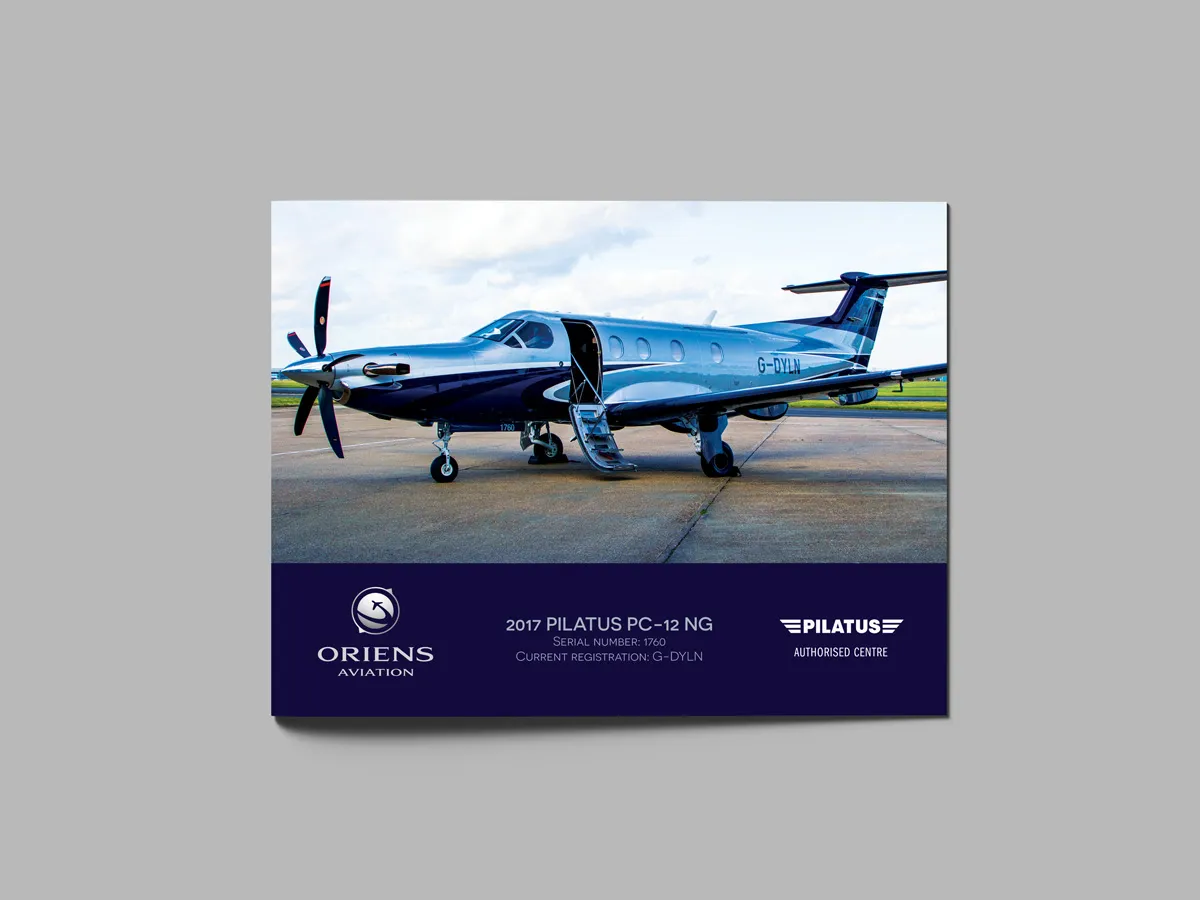
#3 — WRITE THE BUSINESS PLAN
Once you’ve decided on a business structure, it’s time to write your business plan. A mistake that a lot of first-time entrepreneurs make is to overcomplicate their business plan. At first, keep your plan to one or two pages. This will help you focus on what matters most before you get more granular.
In your plan, you want to make sure to:
- Define your basic business concept
- Spell out your overall strategy and the specific steps you plan to take to achieve it
- List all products or services you’re launching with and specify what makes them unique—this is your competitive advantage
- Define your target market
- List your key employees and/or partners
- Specify your financial needs—it’s very important to put this into writing so you aren’t carrying it around in your head

#4 — DEFINE YOUR PRICING STRATEGY
Next, you’ll want to define your pricing strategy. There are two primary pricing strategies to consider:
- Premium pricing. With this strategy, you price higher than your competition. This can be an effective strategy in apparel if you’ve put in the branding work first.
- Market penetration pricing. With this strategy, you set your price lower than your competition in order to take market share. This is a difficult strategy for a startup to pull off because it requires a lot of upfront cash on hand.
A good, basic strategy in apparel is to set your prices at thirty to fifty percent higher than your expenses. This helps to ensure you’ll see a profit.
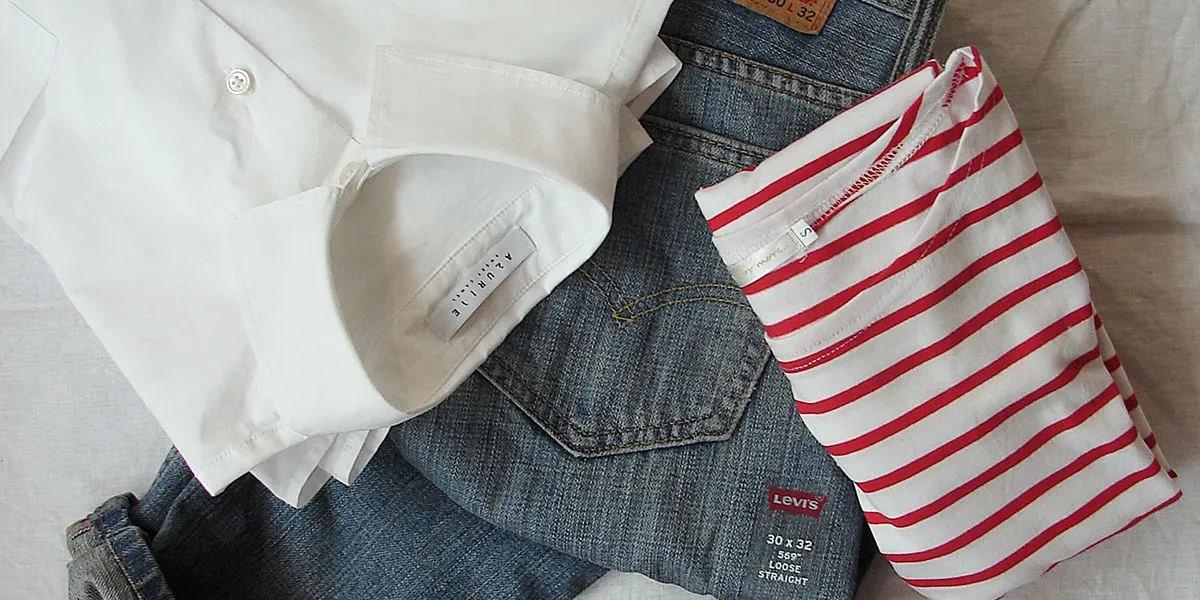
#5 — SORT OUT MANUFACTURING
Next, you’ll want to think about manufacturing. Are you using a print-on-demand site like Teespring, or are you buying in bulk?
Yes, sewing every garment you sell and advertising on a site like Etsy can be a viable option as well, but it’s difficult if not impossible to scale.
Striking a deal with a manufacturer can seem a daunting task, and it can be. But think of a manufacturer as a means to an end. They’re the partner who helps you go from idea to finished product.
Consequently, manufacturing costs will take up a substantial portion of your budget. You want to make sure you’re getting a fair deal, but you definitely don’t want to skimp on quality, either. When looking for a manufacturer, expect to interview several before making a decision.
But a smart manufacturer will want to interview you as well, and they might even turn you down if you seem unprepared, inexperienced or unprofessional.
Here are a few questions that you’d better be able to answer lickety-split:
- What does your budget look like? How much have you earmarked for manufacturing? How many units are you willing/able to buy up front? How often do you think you will be re-ordering?
- What is your overall manufacturing timeline?
- Do you have design resources to show? This can include fabric swatches, sewn samples or renderings.
If you’ve prepared your budget, worked out your production timeline and have a good handle on your own designs, you’ll be ready.
As you can see, there are many ways to stand out in the fashion world. We hope this concise guide has given you a few ideas on how you can differentiate yourself from your competitors and set yourself up for success in 2019.
What is your favorite apparel brand and why? Let us know in the comments section below.
Featured Work
See Our Work in Action
Real brands, real results. Explore how we've helped businesses transform their identity.
Client Love
What Our Clients Say
Don't just take our word for it. Hear from the brands we've worked with.
Ernest Bannister
M.O.R.E
"My experience with the Spell brand team has been nothing short of excellent. From the beginning Mash and team made me feel very comfortable with the design process. I am extremely happy with the results of my design and look forward to working with Spellbrand; exclusively! I have told many family, friends and peers about the great work the Spellbrand team has done in creating my design. Thanks again for all your patience and professionalism; I look forward to working with you in the future."
Gracienne Myers
Banana Vital
"If you are looking for a company to design your company’s identity or even rebrand your current brand, Spellbrand is the company that you would choose, they designed my company, Banana Vital’s logo, and provided me with 6 design to choose from which made it hard to choose because they were all very good. Just recently I hired them to rebrand Mechanical Bull Sales and again every logo was great and well thought out. I am very pleased with the work that Spellbrand has provided and I am looking for to continue working with them."
Keep Reading
Related Articles

Apr 6, 2025
Expert Brand Building Tactics For 2025
Branding building is defined as what defines a business in the minds of consumers. It’s what sets a brand apart from all others in its space. But how do.
Read More
Apr 2, 2025
Social Media Marketing – The Ultimate Guide
An ultimate guide to creating your social media marketing and includes an explanation of how to use social media as well as how to implement campaigns.
Read More
Jan 2, 2025
How to Align Brand Identity with Customer Perception
How to Align Brand Identity with Customer Perception for Long-term Success
Read More
